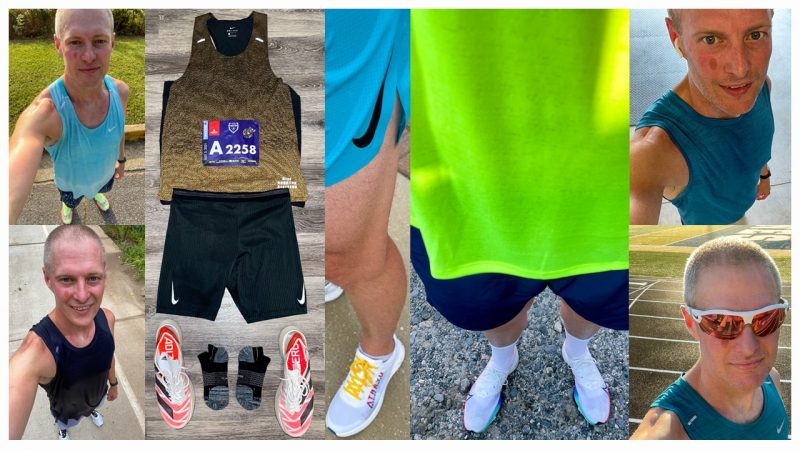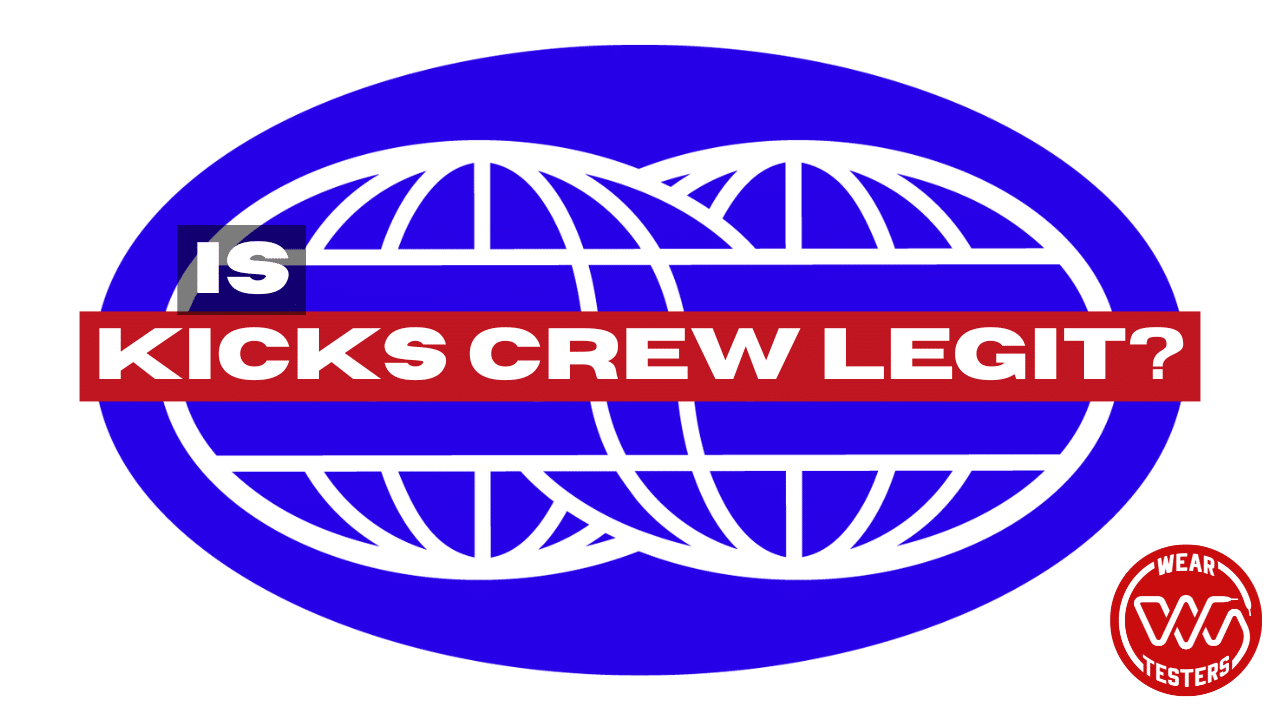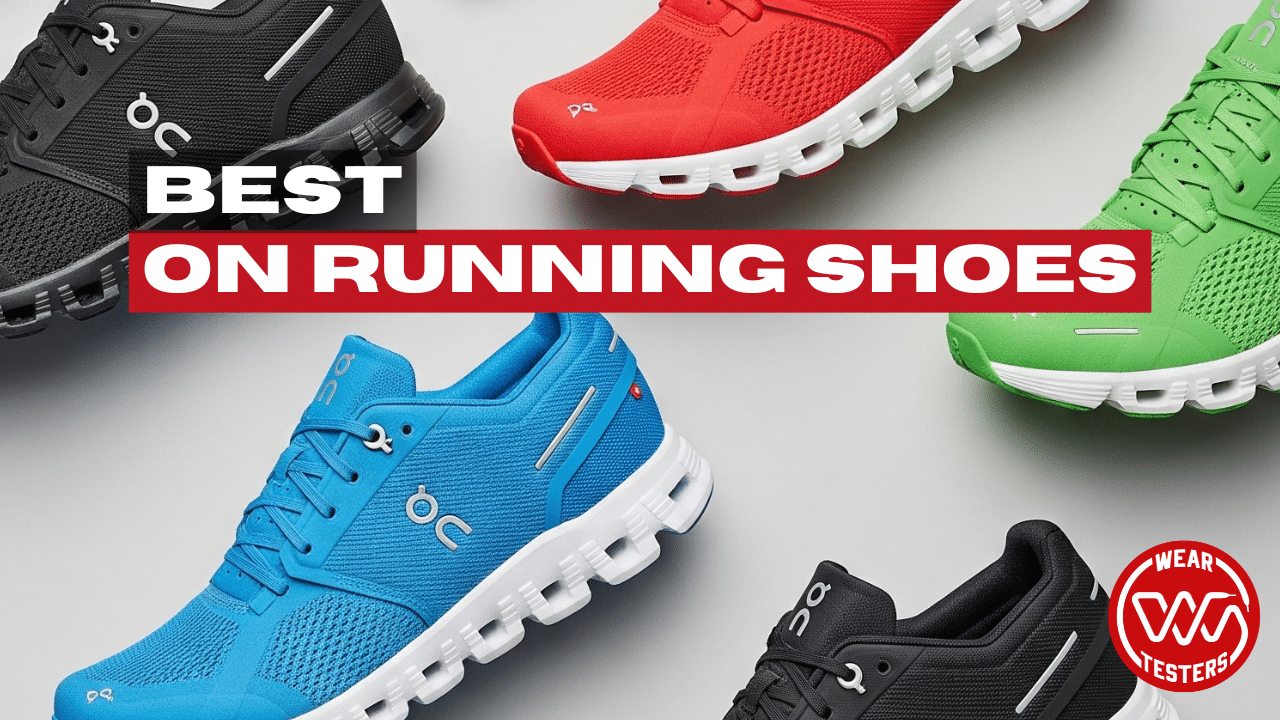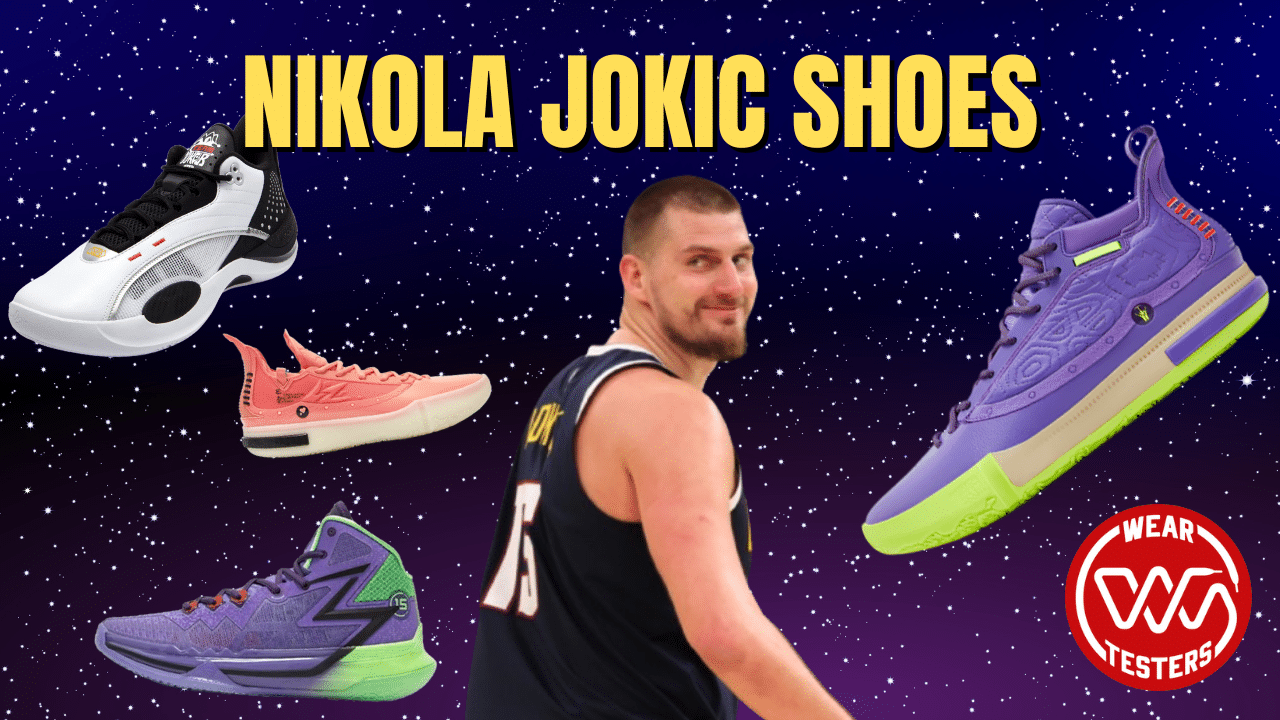This is part 1 of our Basketball to Marathon series. In the series, we follow one of our testers, Drew Whitcomb, as he takes on a brand new challenge and goes from basketball player to marathoner. You can find part 2 on marathon training here and part 3 on marathon racing here.
Somewhere around 10 years after college, as I sat working at my desk, it occurred to me that my basketball career wouldn’t last much longer. My normal basketball routine had grown to include 30+ minutes of warm up and dynamic stretching and at least a day of trying to loosen up a tight back after each hoops session. I needed shoes with plenty of cushion…but not too much. My body increasingly rebelled against the constant jumping and impacts basketball requires.
For me, it was a sad realization. Retiring from my all time favorite sport was not going to be easy. A a kid, I idolized Penny Hardaway, Scottie Pippen, Charles Barkley, Michael Jordan and various other NBA stars. I wore their shoes. I watched them on TV. I attended Orlando Magic games with my Dad. I spent incalculable hours in the driveway pretending to be a high level basketball star playing in March Madness or the NBA playoffs. Basketball was everything to my younger self.
And it means a lot to older me as well. I started a basketball shoe review website as a side gig when my corporate job got too boring. Alongside my cofounder and YouTube star Chris Chase, I was able to make the site into a career. And I still consume a ton of NBA content. NBA League Pass and podcasts feature heavily in my entertainment rotation. I have numerous text threads with friends and family that heavily center on NBA news and results. Basketball is in my blood.
So yeah, it was time to step away from basketball before it hurt my body. But I still needed something to keep me physically fit and provide an athletic challenge. My brain doesn’t function well when it doesn’t have something athletic to do. The question was, what sport could possibly fill the basketball-shaped void in my life.
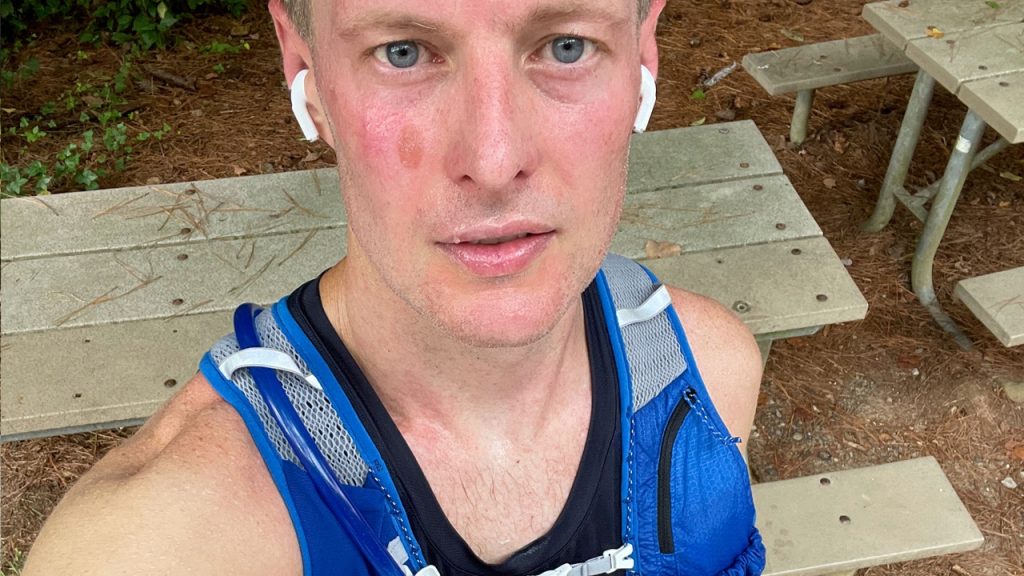
Running? Seriously?
For me, it unfolded like this. As WearTesters continued to reach a broader audience, that same audience often messaged us asking for running shoe reviews. A lot of the audience had transitioned to running or used it as cardio work to be ready for other sports like basketball. Seeing the need, I realized I could provide the running shoes reviews the audience wanted. Long ago, when my goal was to get in shape for basketball, I ran some cross country and track in high school. At the time, I was decent without really knowing what I was doing. I knew I could be a solid runner. And I already knew what a running shoe needed to be effective. So I started running and testing.
But running without short term or long term goals is extremely hard. You need something to chase (other than a shoe review in my case). Otherwise, getting out of bed each morning to run would get progressively harder. The snooze button would be too easy to press. So quickly I knew that without something to train for, my running would end up lackluster.
Training for something in running means races, so I signed up for a 10k with some friends. I finished the race gassed, but it gave me what I needed. I latched onto the desire to workout each day to get my body ready for a hard race. Next I signed up for a half marathon. I felt more prepared for that race with added training and knowledge. But I still wasn’t in the big leagues and I could feel it. There was a harder, more intense goal out waiting for me.
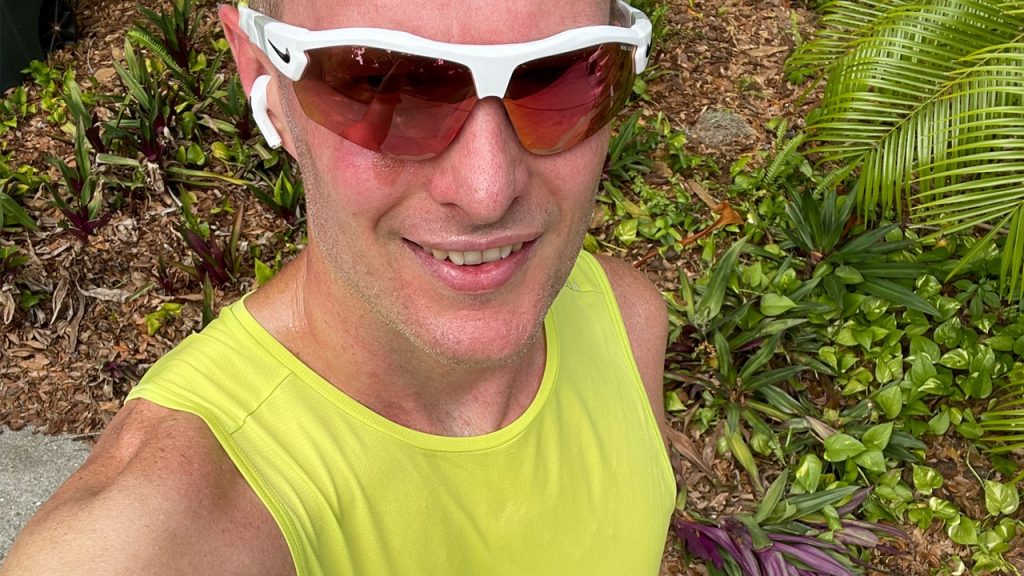
Basketball Player to Marathon Man
The marathon is the pinnacle of road racing. It’s the event that gathers huge crowds in big cosmopolitan cities to cheer on the participants. Some people look at the 26.2 distance and immediately dismiss it. Despite those that can’t fathom the distance, marathon racing is extremely popular. Over 1.1 million people worldwide ran a marathon in 2019. And that million people included a vast age range of under 20 to over 70. You can basically start marathon running at any point in your life and keep it up for as long as you can stay upright. So yeah, it’s a tough challenge, but one that gives you plenty of competition and isn’t easy enough that anyone can do it without some training.
As someone who enjoys tackling new challenges, the more I read about marathons and watched them on TV, the more I was hooked. A marathon is a huge test, a bucket list item for others and requires an amount of training similar to the hours I regularly spent playing basketball. I could easily gauge my progress based on my timed race results. It was something I could keep doing long after I retired from basketball.
Adding to my marathon excitement around this time, Eliud Kipchoge, the world’s best marathoner, set out on a quest to break the 2 hour marathon barrier. It was a barrier previously thought untouchable. With his ”no human is limited” rallying cry, Kipchoge eventually broke the 2 hour barrier and launched the marathon back into international news.
And for me, the icing on the cake was the way Nike (and later other brands) were pushing road racing shoes to a new level, both in terms of technology and design. The running shoe landscape reminded me of the golden age of basketball shoe in the 1990s when no design or concept was off limits. The running shoe companies were trying anything and everything. Their goal was to make long distance runners more comfortable and save their legs as they racked up the miles. And if you want to get me interested in something…shoe technology, one of my earliest interests, is a darn good way to do it.
So yeah, the marathon it was. A new goal, much different from previous athletic goals. Did I know what I was in for? Definitely not.
Regardless, it was time to gear up.
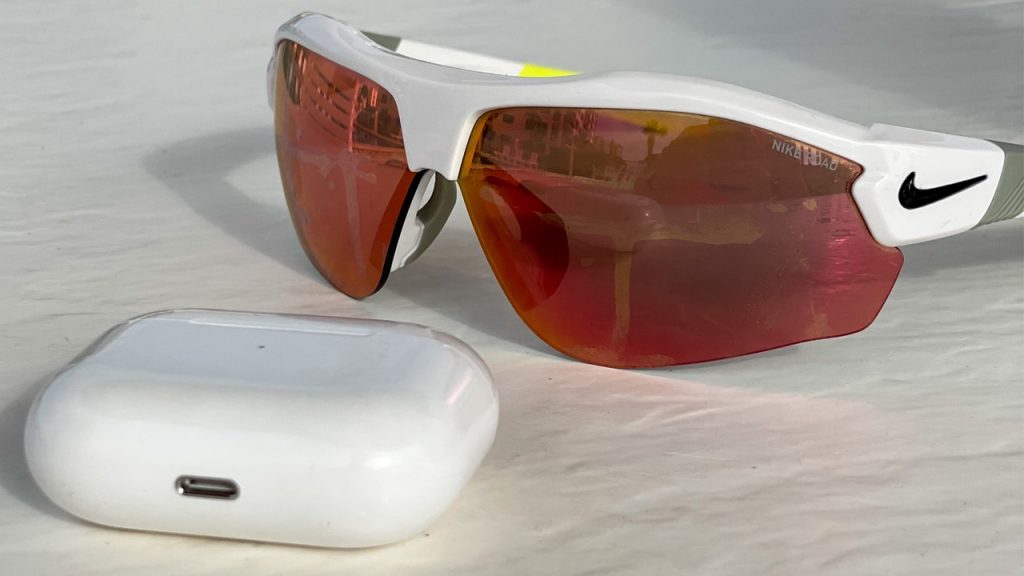
Marathon Running Gear
As you probably guessed considering my job as a weartester, getting ready to run is just as fun for me as the actual running. The fun shoes and apparel help get me excited to get on the roads (or trails). Getting ready to make running my new go-to athletic activity started with the gear.
Running shoes. You’re going to have a lot of options. You’re also going to learn a lot of new lingo. Neutral, stability, everyday, speed, tempo, road racing, track spikes, etc. Start with our Best Running Shoes page. That will help you figure out which shoes are right for you as you start running. After that, you can fall down the rabbit hole of specialization and go deep with us in our individual reviews.
Socks. Again, a ton of options. Just make sure if you wear lows they include a blister tab. The last thing you want is a blister on your heel or achilles because your socks slipped below the collar of your shoe. Nike has some great running sock options. I also love Bombas and their seamless toe that’s wonderful for running. If you prefer a thicker sock similar to what you play basketball in, Strideline is a good place to start.
Running apparel. Let’s start with the basics. A singlet is a tank top. You’ll need one of those and some running shorts to start. At that point you’ll look like a runner. Tight shorts are gaining popularity but you’re better off starting with the traditional outfit (though ladies may find it an easier transition). You can always upgrade later. The Nike Miler running tank is comfortable, right priced at $35 retail and comes in regular and tall sizes. Nike running shorts come in both a 2-in-1 configuration (compression short or brief included) and a linerless version. Decide which you prefer for your bottoms and you’ve got your outfit.
Extras. If you run in a lot of sun, a running hat is likely a necessity to avoid sunburns. Sunglasses, in addition to making you look cool, are a must for sunrise and sunset running. There’s nothing worse than running straight towards the sun without sunglasses. And once you start running longer, you’ll need a way to keep hydrated. Water backpacks are popular as are water bottles with handles. There’s also a ton of extras I haven’t mentioned like waistbelts to hold phones or keys. And let’s not even jump into energy gels…that’s a more advanced discussion than we want to have here.
No matter of where you start, you’ll make tweaks as you find out what works for you. Just like you did when you played basketball or whatever other sport you’re coming from.
As I ramped up my mileage, I made numerous gear mistakes that resulted in blisters or a lack of hydration. That’s bound to happen. You’ll figure out what works as you train.
And that brings us to next big question I had to answer in my basketball to marathon quest. How does a former basketball player train for a marathon? We’ll talk about that in part two.
Have questions about going from basketball player to marathon runner? DM me on Twitter or message me on Instagram. I’ve done a lot of research on marathon running. I can either answer your question or point you to an expert, coach or site that has the info you need.

